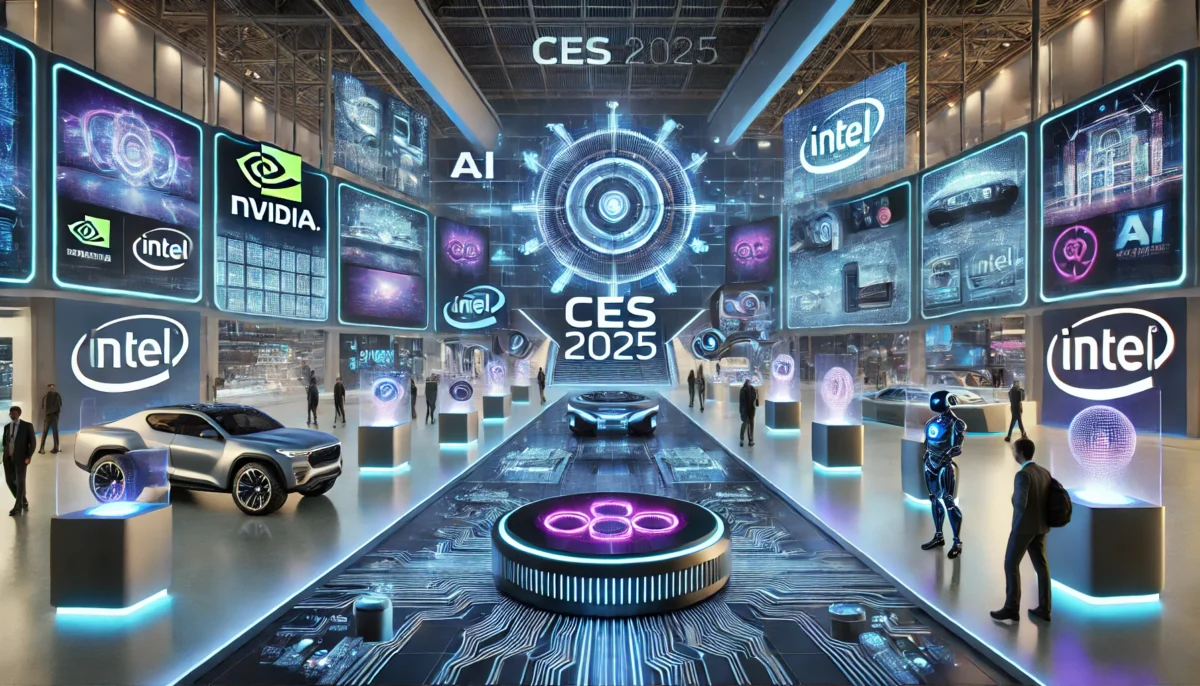AI Agents in Business: Balancing Innovation and Security
AI agents are transforming business operations through automation, enhanced efficiency, and data-driven decision making. While these autonomous digital assistants offer significant advantages, organizations must carefully balance innovation with cybersecurity considerations.
Leading the AI Revolution
Major enterprises are demonstrating AI agents’ transformative potential:
Johnson & Johnson leverages AI to accelerate drug discovery through automated chemical synthesis processes. Moody’s deploys collaborative AI systems for financial analysis, while eBay’s AI framework streamlines coding and marketing operations. Deutsche Telekom’s ‘askT’ agent handles HR inquiries for 10,000 employees weekly, and Cosentino’s AI workforce manages customer orders, freeing human talent for strategic work.
Security Challenges
The autonomous nature of AI agents introduces notable security risks. Gartner forecasts that by 2028, AI misuse will contribute to 25% of enterprise breaches. Recent findings with Microsoft’s Copilot demonstrate how AI systems can be manipulated for sophisticated phishing attacks, highlighting the need for robust security measures.
Strategic Implementation Framework
Organizations can maximize AI benefits while minimizing risks through:
1. Comprehensive Security Protocol
- Deploy advanced monitoring systems
- Implement AI-specific security measures
- Regular security audits and updates
2. Risk Management
- Continuous vulnerability assessments
- Proactive threat mitigation
- Regular system evaluations
3. Employee Development
- Thorough training on AI capabilities
- Security awareness programs
- Clear usage guidelines
4. Governance Structure
- Detailed deployment protocols
- Operational boundaries
- Incident response procedures
Looking Ahead
As AI agents become increasingly integral to business operations, organizations must maintain a delicate balance between leveraging their capabilities and ensuring robust security. Success lies in thoughtful implementation, consistent monitoring, and adaptive security measures.
By following these guidelines, businesses can harness AI’s transformative potential while maintaining strong security postures in an evolving digital landscape.


